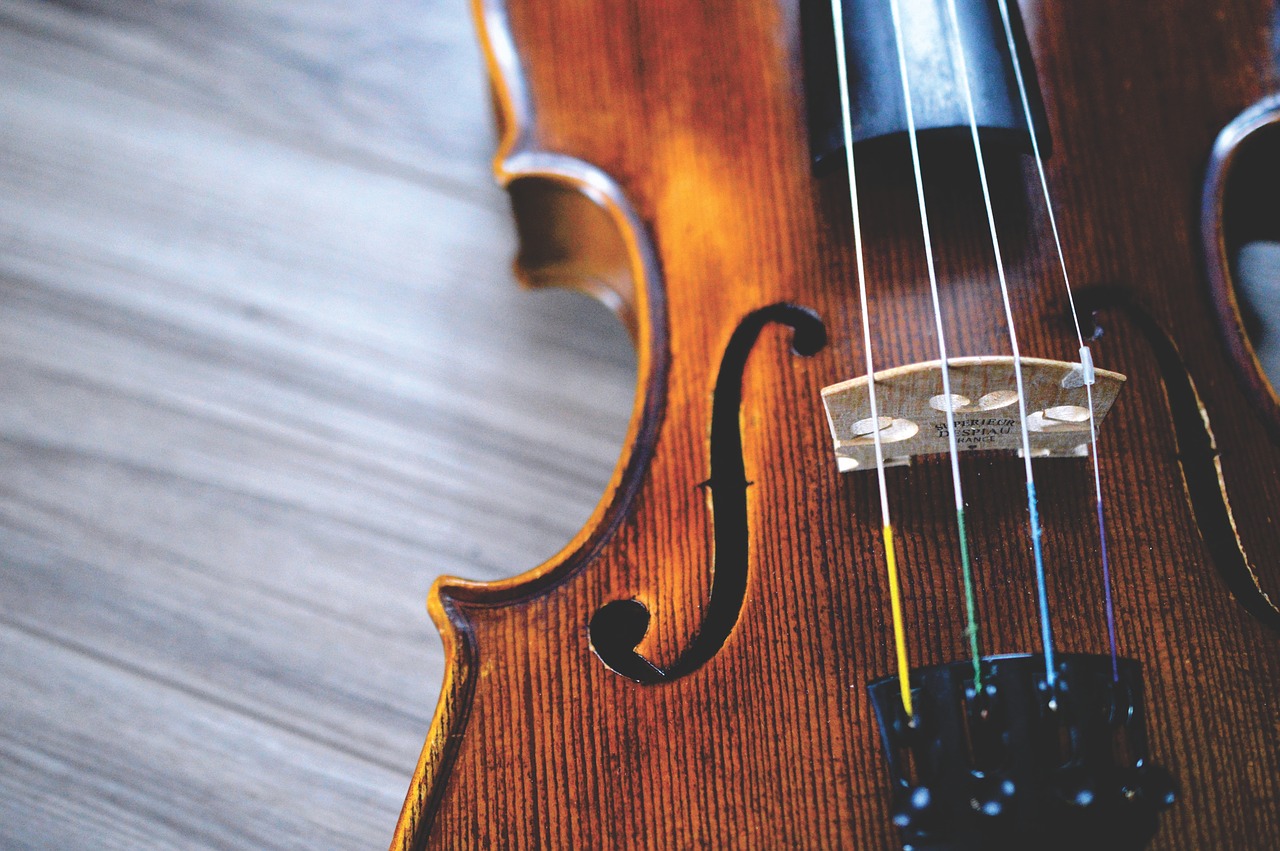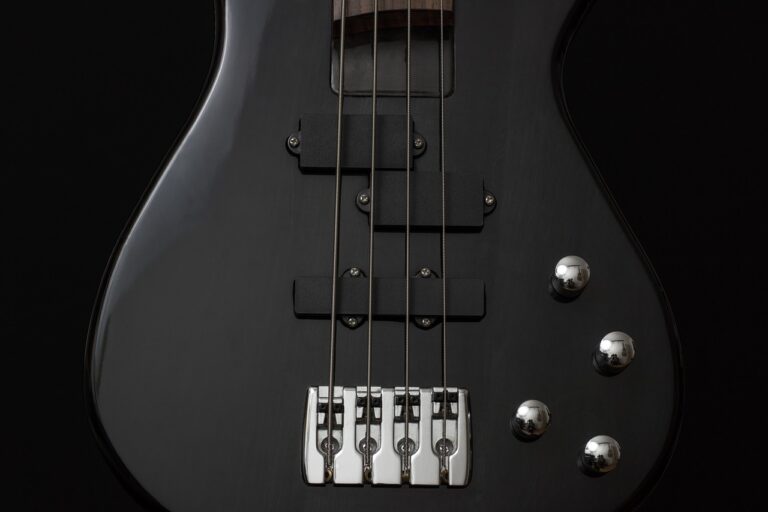The string band is quite widely used in modern arrangements, both in pop music and in rock and folk directions. It is believed that the strings give the arrangement a special charm and a warmer sound.
Adding strings to an arrangement is quite a complex process that requires a great deal of attention to detail.
For example, the wrong number of instruments can lead to imbalance or the string part sounding out of the arrangement.
At the moment I am preparing the new course of the series Arranger’s Library, which will be entirely devoted to the techniques of arranging strings in modern music. And as preparatory material I suggest you to get acquainted with the basic rules of work on the string part in modern music.
- Try to limit the division of the string group into separate parts. The more instruments play one part, the more cohesive and balanced the sound will be. Use the 2:3 formula to separate any string group or multiple groups.
- As a rule, the leading part (melody, main voice) is played by more instruments. For example, if we have 4 instruments, we use 2 instruments for the main voice, one for the counterpoint, one for the bass (e.g. violin, viola, cello). When separating the voices within a group, we can use a different approach. For example, for a group of 12 violins, it might be a division of 6-6 or 4-4-4 in one case, and 8-4 and 6-3-3 in another.
- A cello alone can be opposed to a small ensemble, while a violin would need at least 2 violas to balance. This is a basic scheme for maintaining sonic balance. For the main line, 3 violins are then needed and only with rare exceptions 2 ( for trills or thermolo)
- As the range of the melody increases, the balance of the ensemble is much more difficult to maintain. So with a limited set of instruments, the arranger has to compensate for their absence by dividing the instruments into groups. But if you increase the range, some of the instruments of one group should be used in the second group. (for example, if the first violins go to the second or higher octave, they must be supported by the violins of the second group, otherwise the balance of voices can be disturbed, at the same time, the violas will have to be used to fill the middle voices).
- Also, as the range increases, it is necessary to control the cohesion of the voices in the presentation of the harmony, because its sound can become unbalanced. To do this, first, it is necessary to limit the lower part of the range to about the note E-F of the low octave. Also, for a limited string lineup, chord arrangements are best chosen in a wide arrangement. Although it is possible to lay out block chords, it is still not as typical for small compositions.
- In those moments when it is necessary to strengthen the sound, to get a climax, especially in the moments of the passages of the violins, it is reasonable to use duplication, at least one group.
- When stating the harmony in any ensemble, keep in mind the basic tone of the chord. Usually this note is stated in the bass voice. And it is normal for many arrangers to duplicate this note taken from the cellos with the double bass. However, the presence of resonance makes this technique unnecessary, and sometimes unnecessary, because instead of enhancing the bass line, it leads to muddying. A better solution here would be to give space between the double bass and cello, and to use independent parts for these instruments. This arrangement is more acceptable for a modern arrangement, even though it is generally at odds with the classical style of orchestration.








